China needs to concretely reconceptualize its approach to the region.
China needs to concretely reconceptualize its approach to the region.
By Orçun Göktürk, Beijing/China
Donald Trump made his first foreign visit to the Middle East, breaking with the tradition of US leaders to visit NATO or European countries after their election. Trump’s visit poses a significant risk to Beijing’s regional interests, which are critical to the region’s economic and geopolitical landscape.
The trillion-dollar deals signed during the American leader’s visit in the fields of defense industry, artificial intelligence, technology, and finance are more than lucrative contracts for the US. “Biden abandoned these countries, and they turned to China. Now we are reversing this situation.”
How does China view Trump’s visit?
The People’s Daily newspaper, an official publication of the Communist Party of China (CPC), described the visit as a “US comeback move” and emphasized that there is not only an economic but also a geopolitical counter-move behind the visit. A commentary published in the newspaper on May 17 stated, “Trump’s visit is an attempt to fill the vacuum left by the Biden administration. However, this vacuum is now filled not only by the American presence but also by China’s growing influence.” While China is aware of Trump’s strategy towards the region, it is also trying to paint a picture of a confident and self-confident China.
Chinese Foreign Ministry spokesperson Lin Jian responded to Trump’s statement that “we are winning back countries that are turning towards China” by saying:
“Middle Eastern countries have independent and sovereign decisions. China supports not only the economic but also the political independence of these countries.”
‘China must take responsibility’
China knows that the Gulf states will not just choose one side. Saudi Arabia, the United Arab Emirates (UAE) or Qatar, almost all of them pragmatically want the US to provide cutting-edge technology and military equipment, financial facilitation from Wall Street elites, and China to pursue infrastructure projects at affordable prices, uphold the principle of non-interference in their internal affairs and maintain a stable energy partnership.
China is the Gulf states’ largest trading partner (bilateral trade exceeded $400 billion last year) and the region’s largest oil customer. China’s position is unlikely to waver in the near future. In the Gulf States, as in the rest of the world, more and more Chinese electric vehicles are being seen, and the use of TikTok or DeepSeek is becoming widespread among Arab youth. For its part, China is trying to increase its soft power arsenal. There have been more direct flights to Beijing and Shanghai to Gulf cities recently.
However, some voices, especially within China, emphasize that Trump’s visit to the region should prompt a change in Beijing’s strategy.
“China’s presence in the Middle East is to promote common development, not hegemony. However, Beijing’s long-term strategic interests are threatened by some countries’ attempts to reshape the regional order by forming military and economic blocs,” reads a commentary published in Xinhua on May 18. In an analysis published in China Affairs Plus, Chinese experts make the following comments: “If China continues to pursue a passive diplomacy in the Middle East, it will be doomed to lose ground in the face of Washington’s aggressive strategies. The ability to take political risks must be built as much as economic cooperation.”
Of course, the US-Gulf rapprochement does not signal a period of confrontation with Arab countries for China. It is true that Arab leaders prioritize their own national interests. However, Trump’s foray into the Middle East is a clear wake-up call for Beijing. China needs to concretely reconceptualize its approach to the region. In this new era, mere eloquence will not suffice. If Beijing hopes to secure its recent gains in the Middle East, it must prove that its partnerships provide credible and tangible value.
An important aspect of the visit was the lifting of sanctions on the Syrian transitional government and even the meeting between Trump and Syrian President Ahmed al-Sharaa. This could affect the balance of power in the region and lead China to reassess its traditional policy on Syria. Despite China’s support for a political solution in Syria, the US direct engagement with Syria narrows Beijing’s diplomatic leeway in the region. In particular, the US’ active role in Syria’s reintegration and reconstruction will significantly limit China’s economic and political influence there.
Despite China’s growing economic clout in the Middle East in recent years, its maneuvering space is limited by the fact that it generally “only cares about economic development”. However, the complex political and security challenges facing the region require China to go beyond being just an economic actor and play a more concrete and active role. In conclusion, let us reiterate that Arab leaders prioritize their own national interests. For them, rapprochement with the US provides not only economic gains but also a security umbrella and political room for maneuver. In this context, China’s mere commercial and infrastructure projects do not address all the needs of the countries in the region. This is because the military and political situation in the region often affects economic developments.
Cover graphic: South China Morning Post







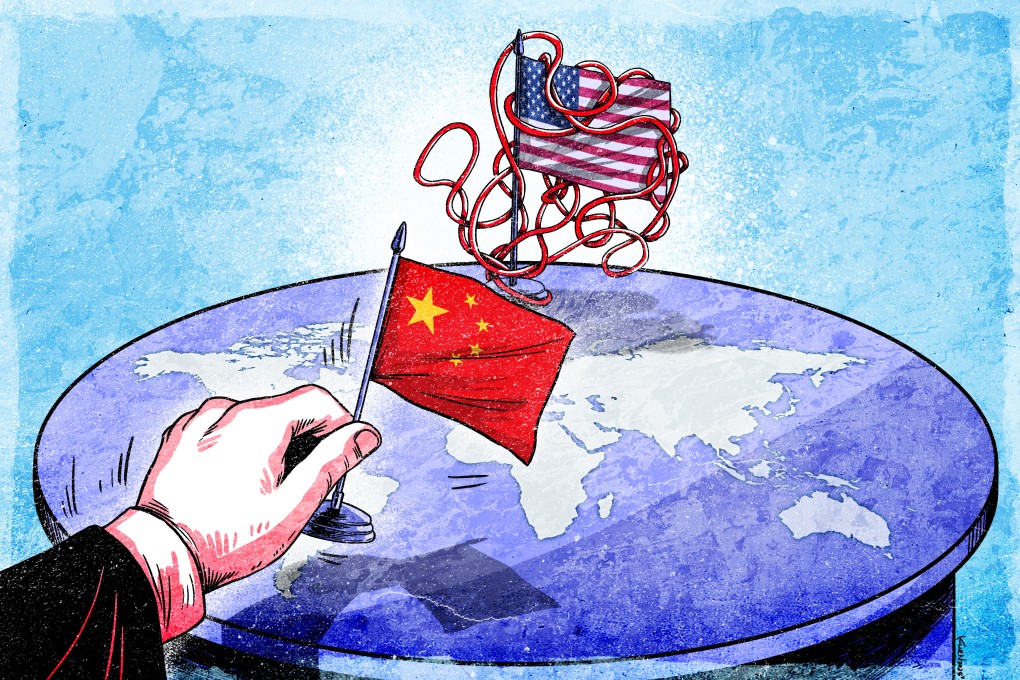




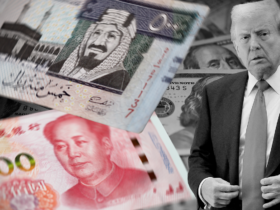
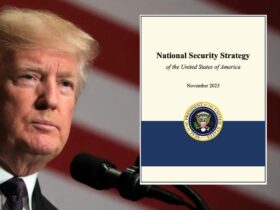
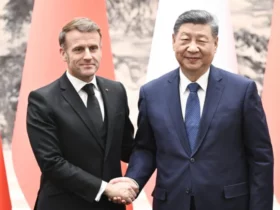

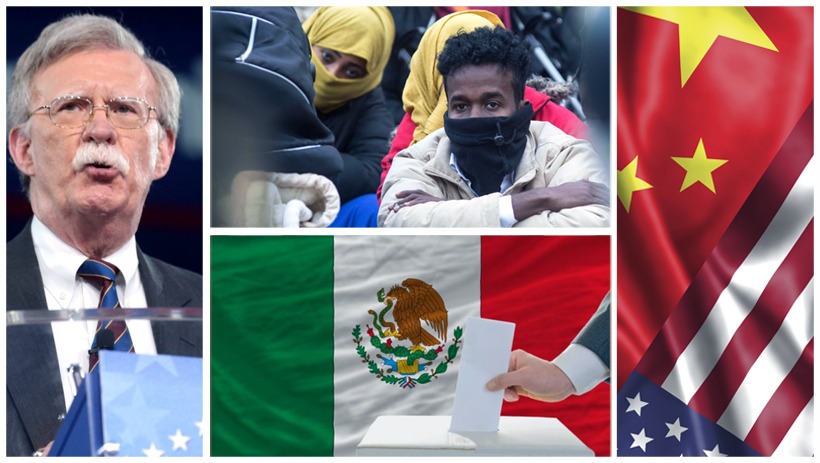
Leave a Reply